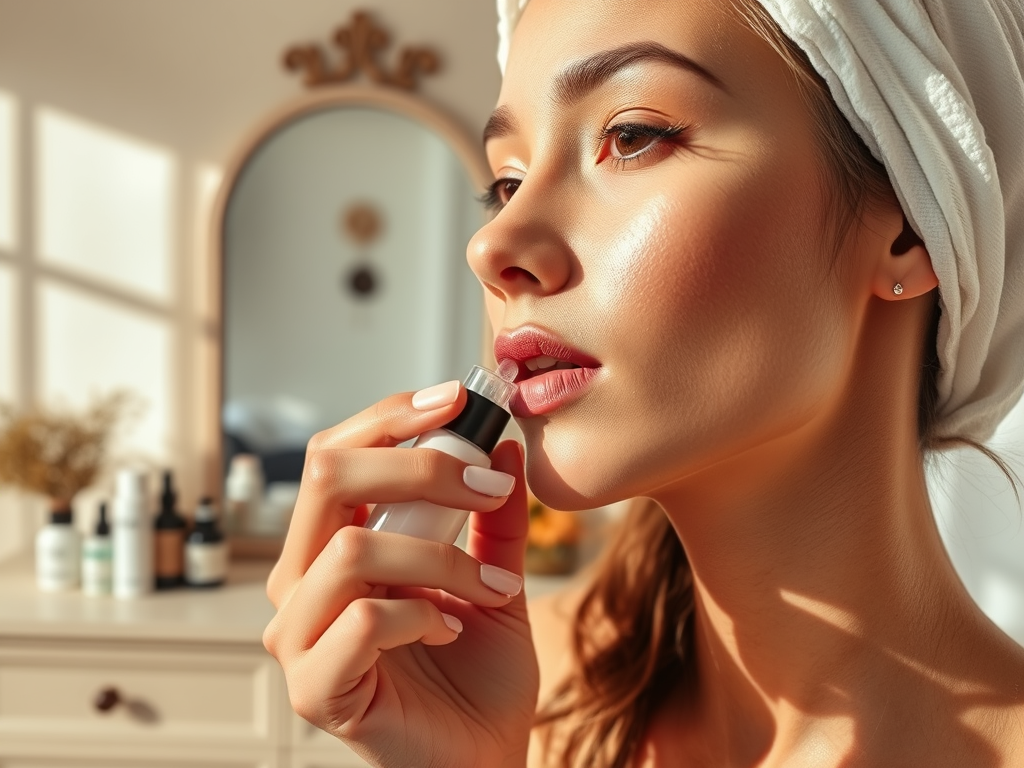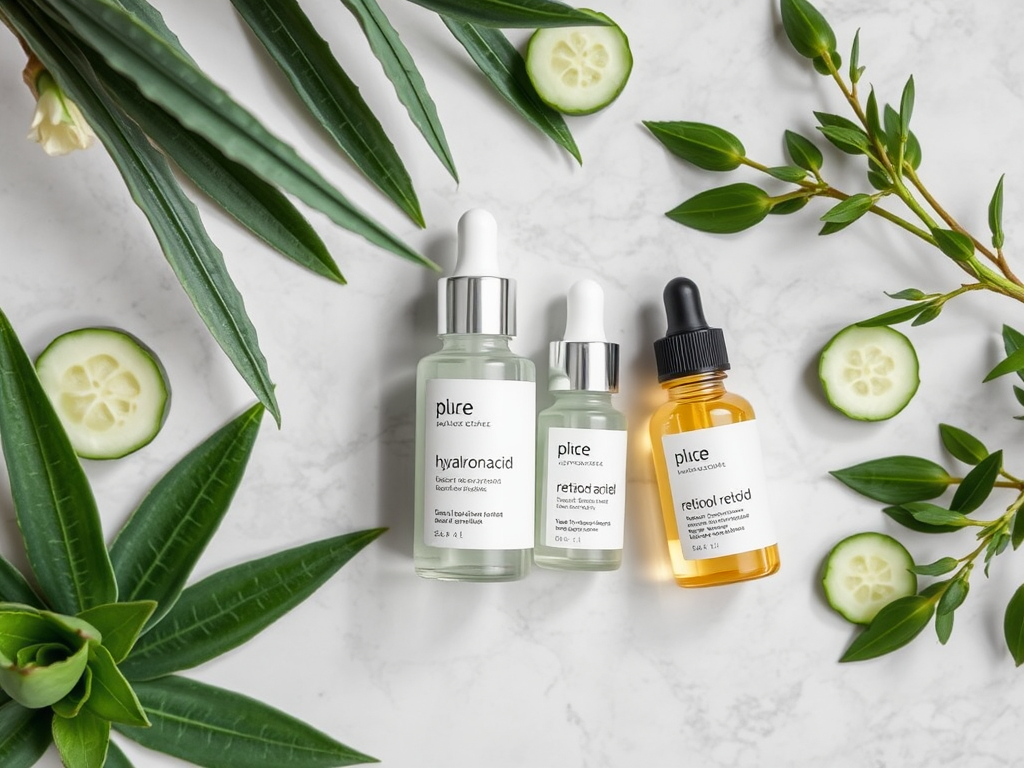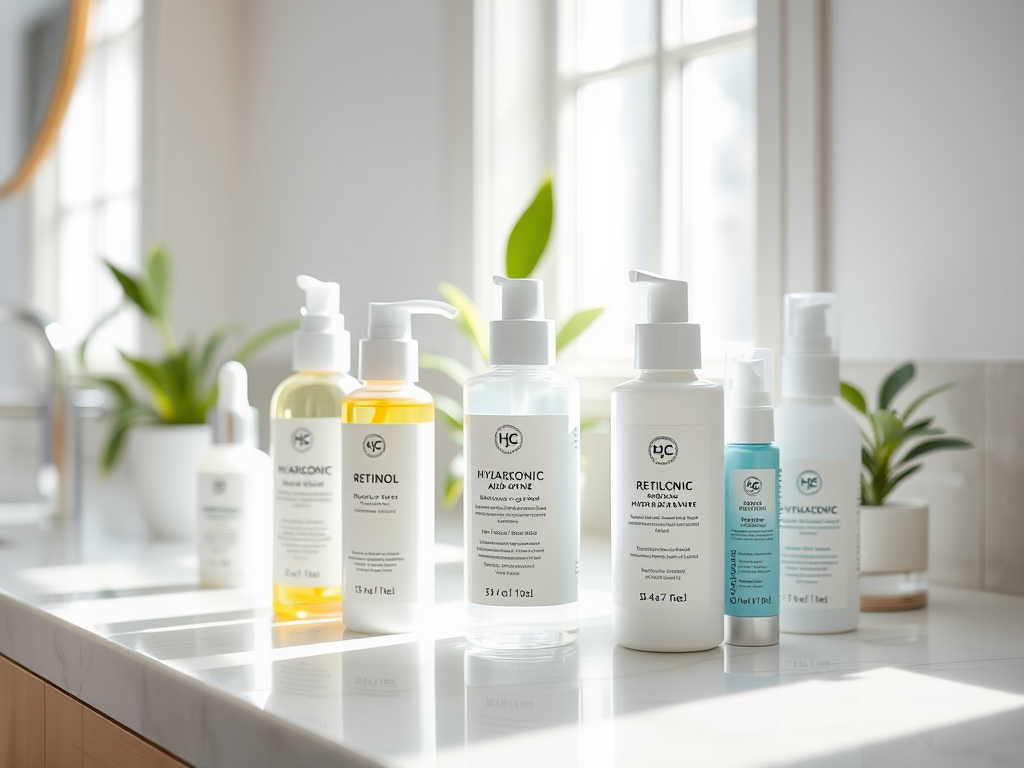In the ever-evolving world of skincare, two ingredients have consistently captured the attention of beauty enthusiasts and dermatologists alike: hyaluronic acid and retinol. These powerhouse components each boast unique benefits, and when used correctly in a skincare routine, they can deliver impressive results for various skin types. However, the eternal question remains: which should come first, hyaluronic acid or retinol? Knowing the appropriate order of application can be the secret to unlocking optimal skin health and radiance. In this article, we will explore the merits of each ingredient, discuss best practices for their application, and guide you in determining the perfect order for your specific skin needs.
The order in which you apply hyaluronic acid and retinol can dramatically impact their effectiveness. While they serve different purposes, understanding how they interact can lead to a more efficient skincare regimen. Applying these ingredients in the correct order can help mitigate potential irritations from retinol while simultaneously maximizing the hydration benefits of hyaluronic acid. As we delve deeper into the specifics of each ingredient, you will gain insights into their individual properties and how they collectively contribute to a vibrant complexion.
Understanding the Ingredients

Retinol, a derivative of vitamin A, has earned its reputation as a skincare staple because of its remarkable anti-aging benefits. It accelerates cell turnover, reduces the appearance of wrinkles, and improves skin texture. With consistent use, retinol can rejuvenate the skin, revealing a smoother, younger-looking surface. However, it can also cause dryness and irritation, especially for those new to its application. Therefore, understanding how to introduce retinol in your routine is crucial.
What is Retinol?
Retinol works by stimulating collagen production, enhancing the skin’s elasticity, and combating signs of aging. The effectiveness of retinol can be attributed to its ability to penetrate the skin deeply, promoting cellular renewal. As a result, many skincare enthusiasts incorporate retinol into their evening routines. Just remember that incorporating retinol requires a gradual approach to avoid adverse reactions.
On the other hand, hyaluronic acid is a powerful humectant celebrated for its extraordinary ability to attract and retain moisture in the skin. It can hold up to 1,000 times its weight in water, providing a plumping effect that contributes to a youthful appearance. For those battling dryness or dehydration, hyaluronic acid is a game-changer. Understanding its role in skincare can significantly enhance overall hydration, especially when layered with active ingredients like retinol.
What is Hyaluronic Acid?
Incorporating hyaluronic acid into your routine can help balance out the drying effects of retinol, making it an essential companion in your skincare arsenal. It can be found in various formulations, including serums, moisturizers, and masks. Whether you have oily, combination, or dry skin, hyaluronic acid can adapt and benefit your regimen. The versatility of this ingredient adds to its appeal in contemporary skincare.
Why Application Order Matters

The sequence in which you apply skincare products significantly affects their absorption and overall effectiveness. If layered incorrectly, the potential benefits of one ingredient could be reduced. This is particularly pertinent with active ingredients like retinol, which can sometimes cause irritation or dryness if used improperly. Discerning whether to apply hyaluronic acid before or after retinol is pivotal in achieving the desired results without compromising skin health.
Choosing the correct application order can maximize the benefits of both ingredients. Below is a concise list that illustrates the importance of proper application:
– Hydration: Using hyaluronic acid before retinol can provide a moisturizing layer that minimizes irritation.
– Efficacy: Applying hyaluronic acid afterwards can enhance hydration and comfort when retinol is active.
– Compatibility: Both ingredients can coexist effectively, but the order can impact skin response.
| Benefit | Hyaluronic Acid Application | Retinol Application |
|---|---|---|
| Hydration | Moisture boost, reduces dryness | Potential dryness, variable irritation |
| Effectiveness | Enhances absorption of retinol | Improves texture and tone |
| Skin Type Compatibility | Suitable for all skin types | Best for oily and aging skin |
Applying Retinol
When incorporating retinol into your skincare routine, it is imperative to apply it to clean, dry skin. This allows the active ingredient to penetrate effectively without any barriers. Start with a small amount—usually a pea-sized amount is sufficient for the face. Gradually increasing the frequency, starting from once a week to nightly use, can help your skin acclimate without excessive irritation. This gradual approach is particularly beneficial for those with sensitive or reactive skin types.
- Apply retinol in the evening as it can increase sensitivity to sunlight.
- Use sunscreen daily to protect your skin during the day.
- Pair retinol with soothing products, such as niacinamide or peptide serums, to minimize irritation.
Integrating Hyaluronic Acid into Your Routine
Hyaluronic acid can be layered attractively with retinol, maximizing hydration. Depending on your skin type, you might choose to apply it either before or after retinol. For individuals with normal to dry skin, applying hyaluronic acid before retinol can provide a buffer against dryness and irritation. Conversely, if retaining moisture is your goal, using it afterward can seal in hydration while allowing retinol’s active ingredients to penetrate effectively.
Benefits of Using Hyaluronic Acid Before Retinol
Applying hyaluronic acid before retinol is a popular approach for those with drier skin types. It provides an immediate hydration boost that can help your skin feel more comfortable when you apply retinol. This method can help reduce the likelihood of a reaction from the retinol, creating a cushion that prepares the skin for the potent active ingredient.
Benefits of Using Hyaluronic Acid After Retinol
Conversely, applying hyaluronic acid after retinol may help lock in moisture and mitigate any potential dryness caused by retinol. This technique is especially useful for those who prefer a more minimalist approach to layering products. Ultimately, your choice should align with your skin’s unique needs and how it responds to these substances.
Which Order is Best for You?
The best application order depends on individual skin types and specific concerns. Assessing your skin sensitivity, type, and desired outcomes can guide your choice. For instance, if you have sensitive skin, applying hyaluronic acid before retinol can soften the effects. On the contrary, if you have oily skin, layering hyaluronic acid after retinol may work better. The following points can help you decide:
- Skin Sensitivity: Sensitive skin may react better to the hyaluronic acid first.
- Skin Type: Oily skin types often benefit from retinol’s active properties without excessive hydration.
- Desired Results: If hydration is paramount, prioritize hyaluronic acid in your application.
Conclusion
Ultimately, the relationship between hyaluronic acid and retinol is nuanced, with each ingredient offering unique contributions to your skincare routine. By understanding their individual benefits and application techniques, you can optimize your regimen, ensuring your skin reaps the rewards of both potent ingredients. Personal preference and skin type will significantly influence your choice; therefore, take the time to experiment with your routine. Finding the perfect regimen is key to achieving a healthy, radiant complexion that showcases the power of hyaluronic acid and retinol.
Frequently Asked Questions
- Can I use retinol and hyaluronic acid together? Yes, they can be effectively combined in your skincare routine.
- What happens if I use retinol too often? Using retinol too frequently can lead to dryness, irritation, and redness.
- Is it safe to use hyaluronic acid every day? Yes, hyaluronic acid is generally safe for daily use and helps to keep your skin hydrated.
- Should I apply toner before using hyaluronic acid? Applying toner can help prepare the skin and enhance the absorption of hyaluronic acid.
- How long does it take to see results from retinol? You may start to see results in about 4 to 6 weeks, but full effects can take up to 3 months.
